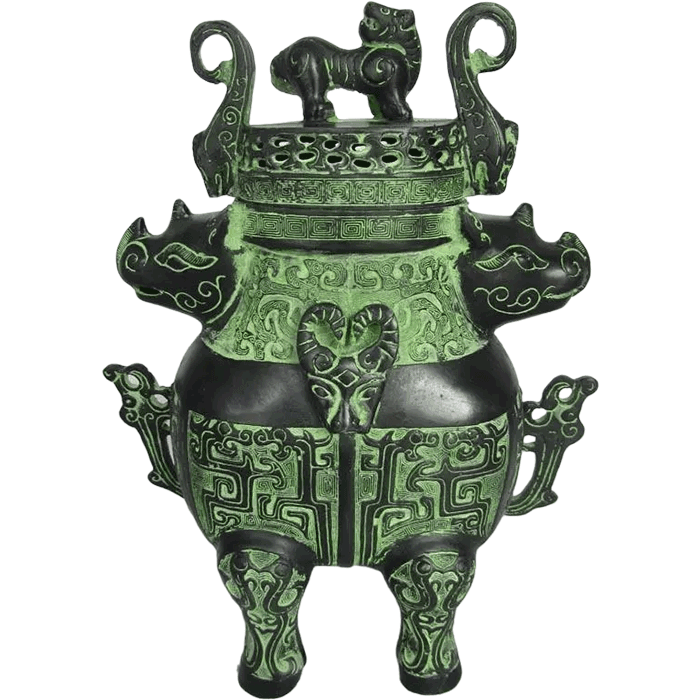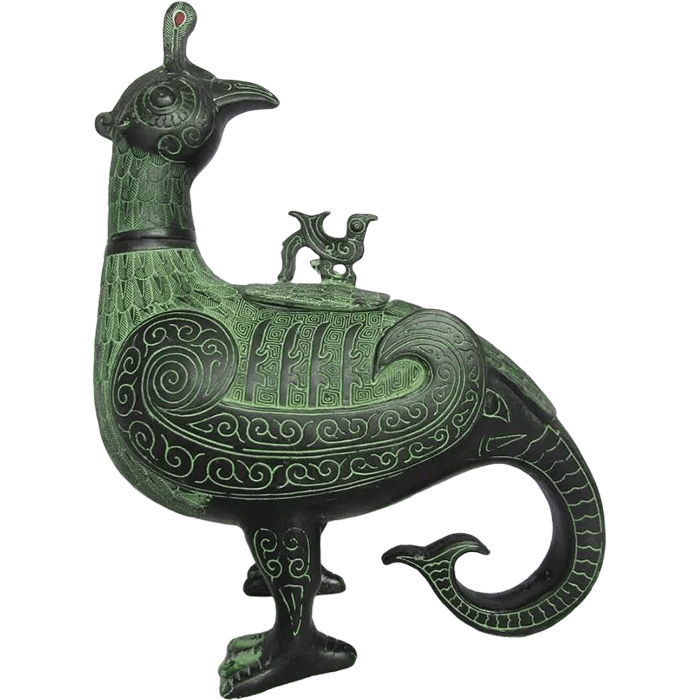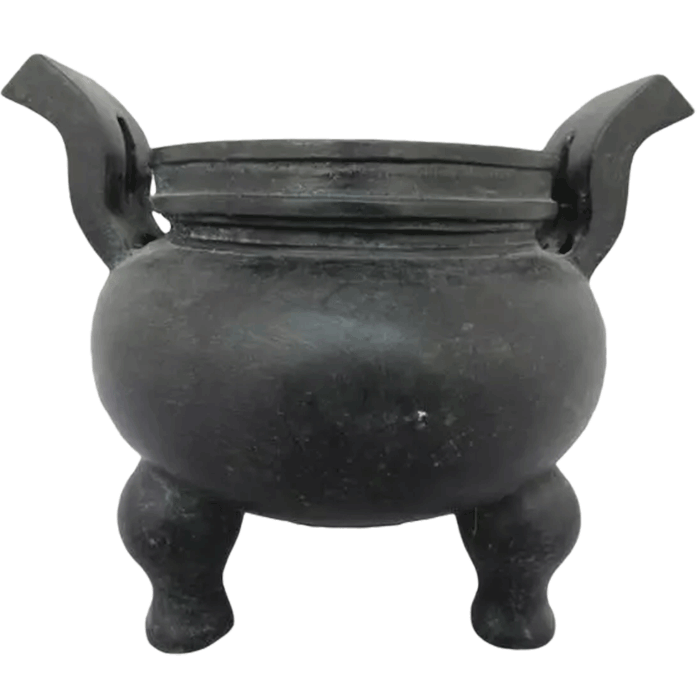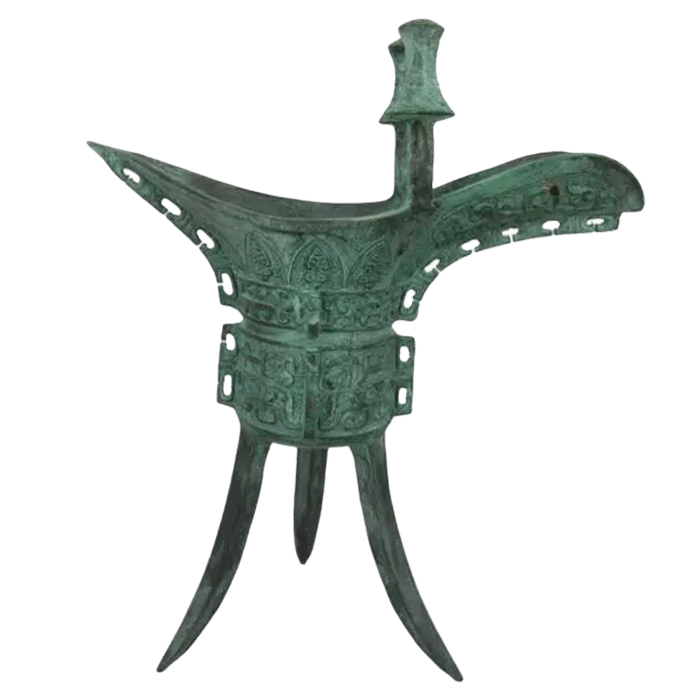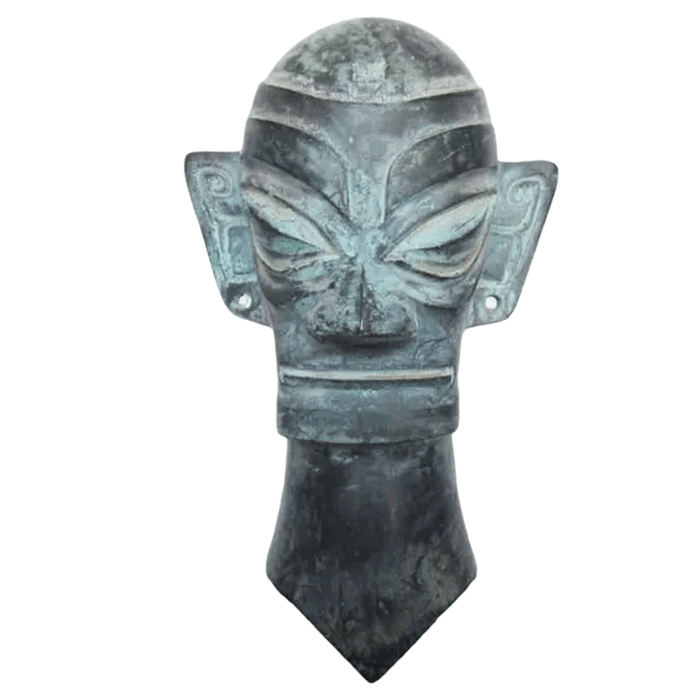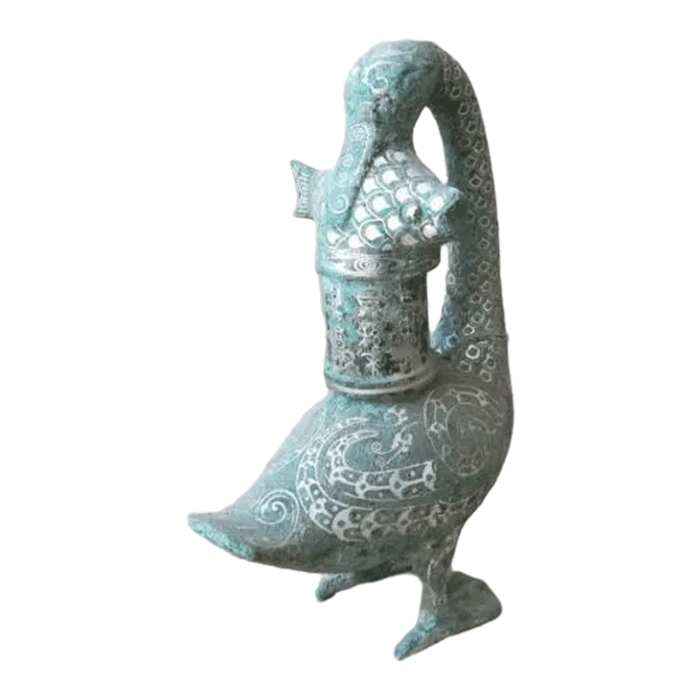Features of Warring States Bronze Ware
The Characteristics of the Bronze Ware in the Warring States Period
1. A large number of artifacts from various countries appeared
Most of the bronzes with inscriptions in the Western Zhou Dynasty were made by the Zhou royal family and princes, and the number of the vassal states was very small. During the Warring States period, the ritual vessels of the royal family and ministers almost disappeared, and were replaced by objects cast by princes, high officials and even the retainers of high officials. This coincides with the situation in which the royal family was declining and the power of princes, doctors and retainers was growing continuously.
2. Formation of regional style
In general, the Central Plains centered on the Jin Dynasty, the West centered on the Qin State, and the South centered on the Chu State formed a three-legged pattern. In addition, several ethnic minority areas in the north, southwest, and southeast also have their own unique styles.
3. Gradually exchanges between regions
For example, the thin-line cloud-thunder pattern popular in the Wuyue area is also found in Chu, and the belt hook originally used in the north has also spread to the south, reflecting the historical trend towards unification in the Eastern Zhou Dynasty from the perspective of material culture.
4. Great progress in casting technology
The political division of the countries during the Warring States period led to the unique bronze crafts of each country; the improvement of iron smelting technology and the use of iron tools in the copper ware manufacturing industry provided reasonable conditions for a more detailed division of labor and the invention of new technologies within the bronze ware workshop.
The technical characteristics and achievements of bronze wares in the Warring States period
(1) Casting: The lost-wax process gradually became popular, and has new developments based on the beginnings of the Spring and Autumn Period. The overall casting technology tends to be simple and crude, but there are new advances in metal fine work, especially the gilding technology, which makes the metal technology shine. Casting technology has made great progress. In addition to continuing to use the muddy casting method, separate casting technology is widely used. After casting the ears, feet, rings and other accessories of the bronze wares, they are embedded in the main mold, and then the copper liquid is poured to melt the body and accessories together. General tools and weapons are still cast in accordance with the model, and one model can be used for multiple purposes, which greatly improves labor productivity.
(2) Types of utensils: Cooking utensils include Ding, Ge, etc.; food utensils include Gui, Dou, Dun, etc.; In addition, there are tools, weapons, chariots and horses, as well as daily utensils, clothing decorations and currency. Ritual utensils are relatively reduced. Bronze mirrors and belt hooks are representative of these types. In particular, there are many kinds of belt hooks and elegant decorations, which were very popular at that time, and were widely popular in the Warring States Period.
(3) Vessel shape: In the early stage, some characteristics of the late Spring and Autumn period were still followed, and in the middle and late period, the changes were relatively large, and the vessel wall tended to become thinner and thinner.
Sculpmart is a professional bronze art and bronze wares manufacturer providing Chinese Bronze Handcraft arts which will allow you to have a chance to own a masterpiece of Chinese bronze sculptures. If you like, you may choose the style to customize, send us the image and design, our craftsman will reproduce and cast a perfect bronze ware for you.


